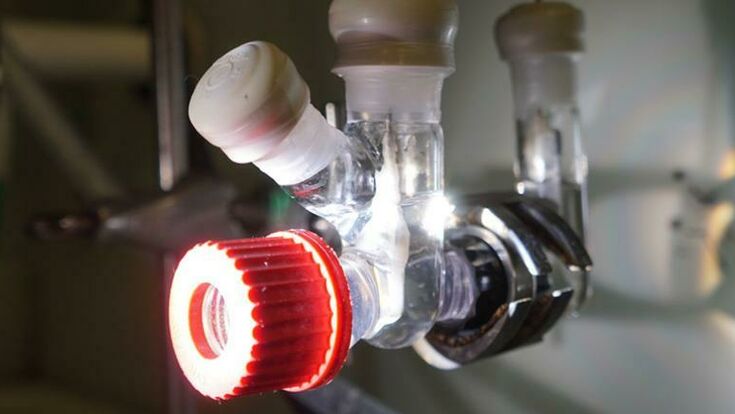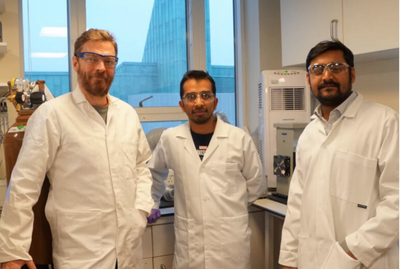Chemical Recycling : Scientists make solar-powered twin recycling possible

The researchers, from the University of Cambridge, developed the system, which can convert two waste streams into two chemical products at the same time – the first time this has been achieved in a solar-powered reactor.
The reactor converts carbon dioxide (CO2) and plastics into different products that are useful in a range of industries. In tests, CO2 was converted into syngas, a key building block for sustainable liquid fuels, and plastic bottles were converted into glycolic acid, which is widely used in the cosmetics industry. According to Professor Erwin Reisner and his team, Subhajit Bhattacharjee and Dr Motiar Rahaman, the system can easily be tuned to produce different products by changing the type of catalyst used in the reactor.
Solar-powered recycling technologies may be the future
“Converting waste into something useful using solar energy is a major goal of our research. Plastic pollution is a huge problem worldwide, and often, many of the plastics we throw into recycling bins are incinerated or end up in landfill,” says
Professor Erwin Reisner.
Reisner also leads the Cambridge Circular Plastics Centre (CirPlas), which aims to eliminate plastic waste by combining blue-sky thinking with practical measures.
Other solar-powered ‘recycling’ technologies hold promise for addressing plastic pollution and for reducing the amount of greenhouse gases in the atmosphere, but to date, they have not been combined in a single process.

Reisner recently received new funding from the European Research Council to help the development of their solar-powered reactor. Over the next five years, they hope to further develop the reactor to produce more complex molecules. The researchers say that similar techniques could someday be used to develop an entirely solar-powered recycling plant.
The results are reported in the journal Nature Synthesis.
